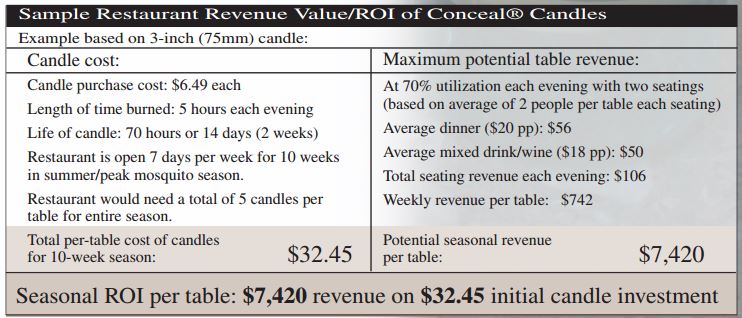Emergency Phone Numbers
Inside the US: 1.800.498.5923
Outside the US: +1.651.632.6784
Safety Data Sheets
| Product | U.S.A. | European Union |
| Dragon Fly II | Octenol Lure (PDF) | |
| Dragon Fly | Octenol Lure (PDF) | Octenol Lure (PDF) |
| Mosquito ‘Cognito | Mosquito Cognito (PDF) | Conceal Cartridge (PDF) |
| Conceal Candle | Conceal Candle (PDF) | Conceal Candle (PDF) French language version Italian language version |
| Mosquito L (bulk) | Mosquito L (PDF) | |
| Linalool (bulk) | Linalool SDS (PDF) | Linalool (PDF) |


